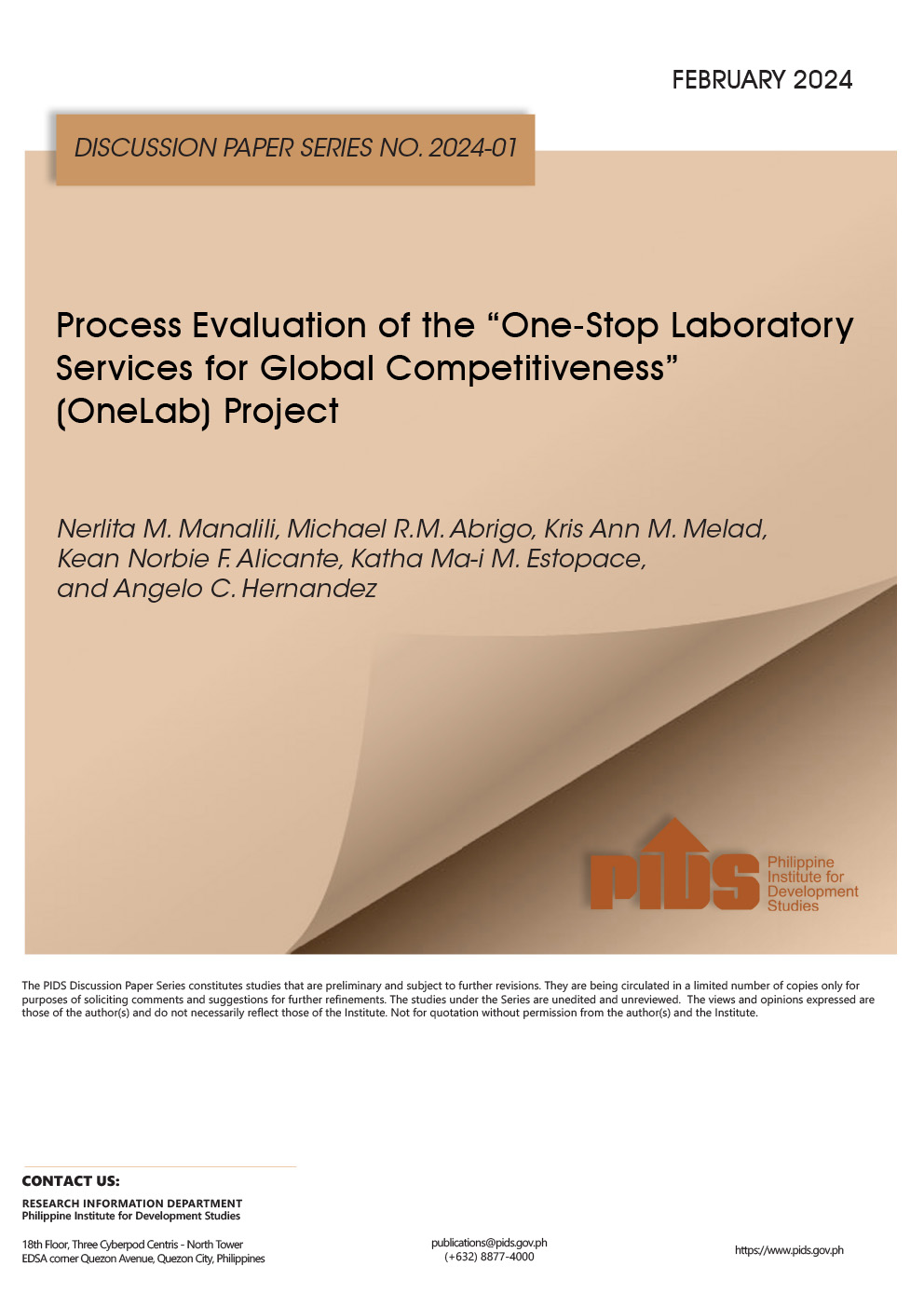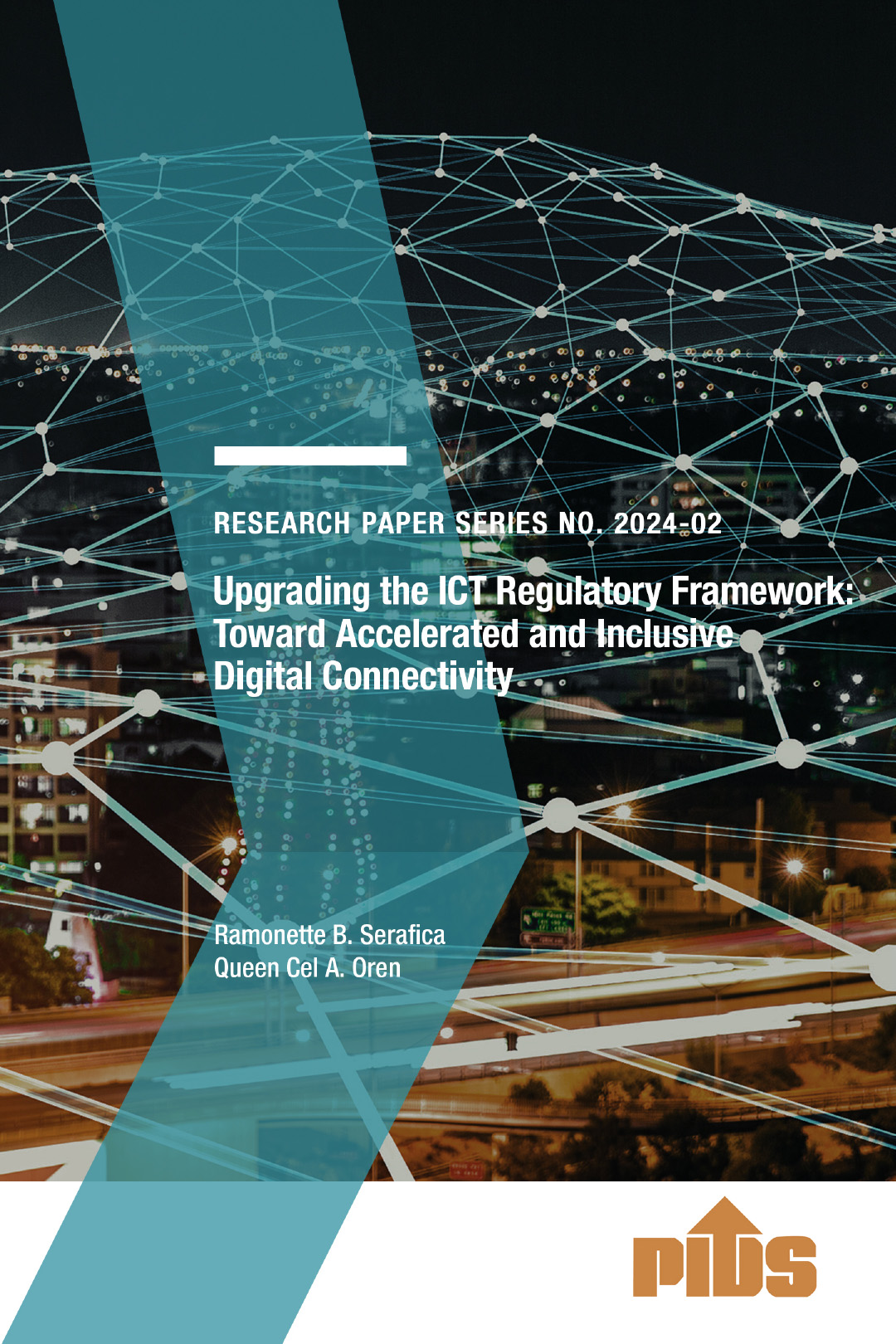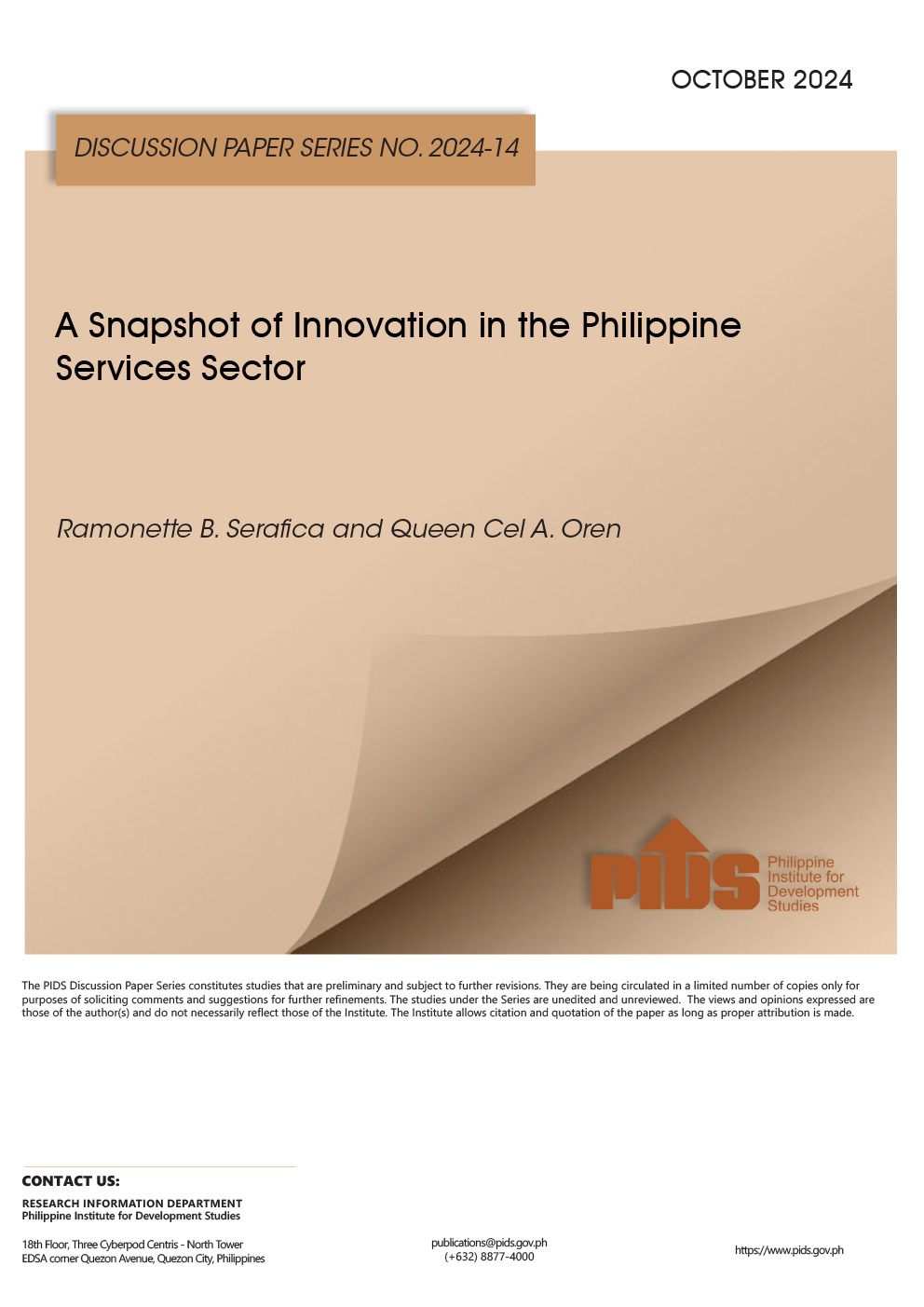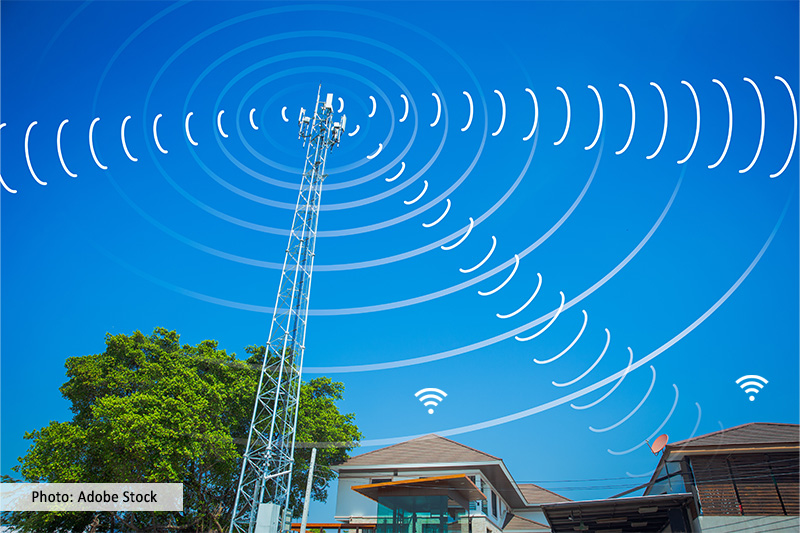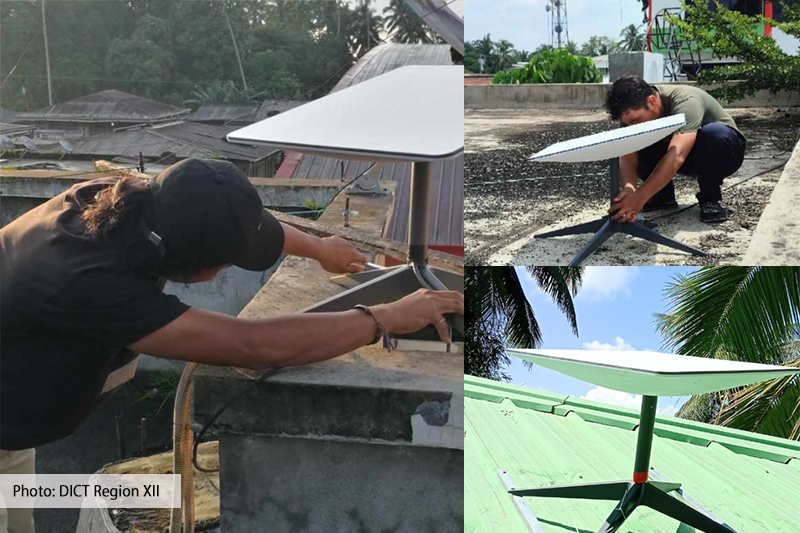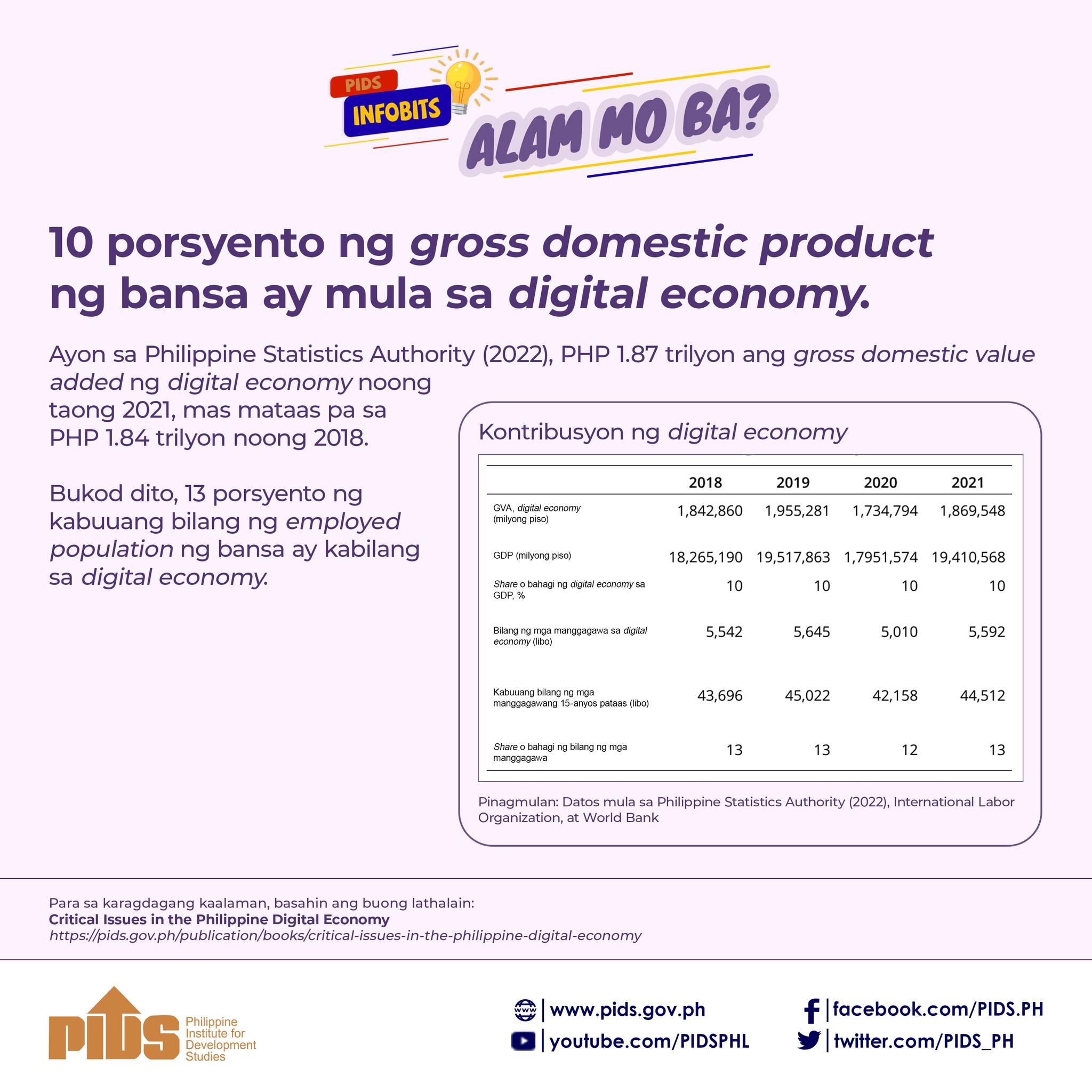MANILA -- The Philippine economy could grow faster by an estimated 10 percent, provided that emerging technologies, knowledge and the Fourth Industrial Revolution can be utilized to accelerate productivity, according to a research fellow of the Philippine Institute of Development Studies (PIDS).
“Right now, we are growing at about 6 percent. We have not fully utilized the existing technology. How much more if we are going to be able to overcome these barriers to the adoption and adaptation of current technology and knowledge to improve our productivity and then some more with the new technologies. We should be growing fast,” PIDS distinguished visiting research fellow Dr. Vicente Paqueo said in an interview last week.
To take full advantage of the Fourth Industrial Revolution, Paqueo underscored the need for the country to hop into the bandwagon headed for the knowledge and technological frontier, where the United States and advanced European countries belong.
Technologies commonly identified as "frontier" and are tagged as being part of Industry 4.0 include, 3D printing, the Internet of Things, AI, robotics, big data and cloud computing.
For his part, PIDS senior research fellow Dr. Jose Ramon Albert underscored the need for the country to invest more in research and development (R&D).
Albert cited the benchmark of United Nations Educational, Scientific and Cultural Organization (UNESCO) suggesting that R&D spending should amount to about 1 percent of a country’s gross domestic product (GDP).
“We are (only) spending 0.2 percent, it’s one-fifth of 1 percent of GDP. That’s just R&D, we think also of the complementaries for education. We are still relatively underspending for education,” he said in the same interview.
Albert pointed out that hard and soft infrastructure, as well as capacity development of human resources and institutions, are complementary factors to R&D investments that need to be addressed in improving readiness to the Fourth Industrial Revolution.
“It must be a whole package. That’s the problem sometimes we tend to be focused too much on one thing and we forget that they are all connected. We have to like to put all of these together,” he said.
Albert also cited as an example Estonia, a former Soviet republic, which has managed to use technology considerably across government.
“They use many kinds technologies and they are the forefront now of trying to use and harness technology. They are fast growing economy so potentials can actually become realized if you invest properly in certain areas. And part of it will be ICT (information communications technology), technical areas, but part of it will also be in other skills, soft skills where potentially these will not be replaced by automation,” he added.
Dr. Shiela Siar, manager of PIDS Research Information Department, said the country should fully utilize its human capital.
“By human capital, I’m referring to not just what’s here in the Philippines, but also abroad. I’m referring to our expatriates and S and T (science and technology) professionals. But we have some programs that are already in place,” Siar said.
“By putting in more resources into it, then we will be able to entice more expatriate Filipino professionals based abroad to go back to the Philippines or be involved in projects that will beneficial for their own country and be able to harness the Fourth Industrial Revolution,” she added. (PNA)

